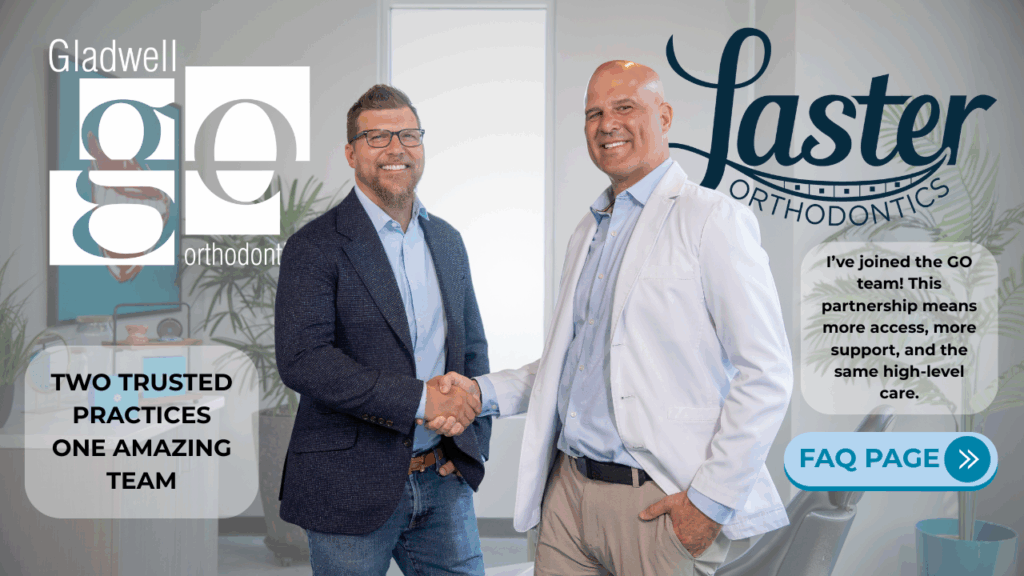If you’re learning about a palate expander, you might already know that your palate is the roof of your mouth. You may have even seen images of a palate expander and think it’s the last thing you’d ever want to have in your mouth. Still, a palate expander is an important dental tool, and you can’t really make an informed decision without learning all the facts. Whether you’re hoping your dentist is wrong, or you want to know how a palate expander can improve your smile, here’s the place to learn everything you need to know about palate expanders.
What is a Palate Expander?
A palate expander is an orthodontic appliance used to widen the roof of your mouth for better tooth and jaw placement. Simply put, it’s a jaw widener. While the bones in the roof of your mouth feel pretty hard to your tongue, they’re actually not fused together until you’re an adult. This means your orthodontist can use a palate expander to quickly treat dental concerns that might cause difficulty in the future.
Your palate expander looks like a plastic or metal gear that fits in the roof of your mouth. Wires wrap around some of your back teeth and meet at the gear. The device isn’t immediately noticeable. In fact, most people probably won’t notice it unless they’re looking closely when you open your mouth wide to yawn or laugh.
How it Works
A palate expander works with a special key that you (or your parent) turn a couple of times a day. Since your palate is made up of two bones, each half of the expander is connected to each side. When you turn the key to crank the device, the space between your palate bones widens a tiny bit. After the palate expander is seated (placed in your mouth), your orthodontist will give it its first crank and show you how it’s done. You’ll get instructions about how often to use the key and exactly how much to turn it.
Following your orthodontist’s instructions for use is important. If you routinely forget to use your key, your treatment won’t work as quickly as it’s supposed to. It’s also important to remember that you can’t try to rush your treatment. The device is designed to work slowly enough for your jaws and the roots of your teeth to adjust. Adding extra turns could damage your jaws, teeth, or gums, and result in extra dental work.
Who Needs a Palate Expander?
Kids. A palate expander can be used to fix a variety of dental issues, but they can’t be used on adults.
If you have certain dental issues, your dentist might recommend you see an orthodontist to get a palate expander. The best age for a patient to get a palate expander is around the time you become a teenager: 12-13 for girls, and 13-14 for boys. The most common reasons palate expanders are recommended include:
- Crossbite: When you have a crossbite, some of your top teeth sit inside the bottom teeth when you close your mouth. A palate expander can fix this issue by widening your palate and pushing these teeth outward where they’re supposed to be.
- Crowding: When your mouth or jaw is too small to fit all of your permanent teeth, they become crowded. This can cause teeth to overlap and create a painful bite. A palate expander can widen the jaw to give your teeth the space they need to grow properly and help you avoid the extraction of permanent teeth.
- Impacted teeth: When your teeth are severely crowded, they may become impacted. An impacted tooth is a tooth that is formed below the jaw but doesn’t have any space to break through the gums. A palate expander will provide the gap your tooth needs to grow fully.
What to Expect When You Get a Palate Expander
We get it. Going to the dentist or orthodontist to have your teeth worked on is bad enough. The idea of getting a device put inside your mouth is intimidating. Luckily, it’s not as bad as it sounds, and we make every effort to make your experience a positive one.
Getting Your Palate Expander
When you’re getting ready to visit the orthodontist, knowing what to expect is half the battle. Since your expander will be customized to fit the shape of your mouth, you’ll need two appointments; one to take an impression of your mouth, and one to put your palate expander in place. At the first appointment, bands will be placed on your upper molars and an impression will be made.
After about two weeks, you’ll have a second appointment to have your palate expander put in place. Since the expander is designed for your mouth, fitting it in place is simple. Your orthodontist will prepare your teeth then use dental cement to attach the device to your upper teeth. After your palate expander is in place, your orthodontist will teach you and your parents to turn the expander, provide instructions for home, and discuss hygiene and diet tips.
Does a palate expander hurt?
Palate expander pain varies from one patient to the next. You can expect to notice some pressure, but you probably won’t experience significant pain.
After your palate expander is seated, you’ll likely notice two things. Pressure from the device and that it’s kind of in the way. You’ll quickly notice pressure in the roof of your mouth, on your teeth, behind your nose, and maybe even between your eyes. Your jaw may be tender and you may develop a headache. If you need to, you’ll be allowed to take over-the-counter pain relievers until the initial tenderness subsides.
Your palate expander will also feel pretty bulky at first. It might feel like it’s in the way of your tongue, which can make eating and talking difficult. You’ll probably also notice some excess saliva as your mouth gets used to operating around the device.
Going Home After Getting Your Palate Expander
As soon as the orthodontist appointment is over, you’ll be wondering what you’ll feel like a few hours after you get home, or when you wake up in the morning. You’ll be feeling some pressure on your jaw and teeth, so you may not want to eat very much. Choosing soft foods like mashed potatoes, ice cream, soup, yogurt, pudding, and applesauce will help you stay full while you get used to the device in your mouth. Typically, patients don’t experience much pain. If your teeth or jaw is tender, or if you develop a headache, you can take over-the-counter pain relievers.
The things you will probably notice most as you get used to your palate expander, concerns how it fits in your mouth. Until your tongue gets used to working around the expander, you might have trouble speaking correctly. Eating might seem weird, and you’ll probably notice that food occasionally gets stuck in the roof of your mouth. After a few days, you’ll get used to the feeling of the palate expander and won’t notice it as much.
As you get used to your palate expander, you may only feel pressure for a few minutes after turning the expander. With continued treatment, you’ll notice movement in your teeth, like a gap between your front teeth. This gap may go away naturally. If not, treatment is simple with the use of clear aligners.
Caring for Your Teeth with a Palate Expander
As you might have expected, taking care of your teeth while wearing a palate expander is a little different from what you’re used to. Your orthodontist will give you some instructions to help you learn how to reach the teeth surrounding the device. Brushing and flossing while wearing a palate expander is very important. Keeping your teeth, gums, and palate expander clean are important because:
- Clean teeth and gums prevent tooth decay.
- Unbrushed gums can swell and grow over the bands, slowing treatment.
- Unhealthy gums become swollen and sore.
During the first few days after your palate expander is placed, you may not feel like eating the foods you usually eat. After a week, you’ll likely go back to eating the foods you love. Luckily, palate expanders don’t have as many food restrictions as regular braces. You should avoid gummy or sticky candy that will stick to the device and block the keyhole. Otherwise, most foods are fine.
It may seem scary when your dentist suggests you need a palate expander, but it’s not nearly as bad as it might seem. Treatment with a palate expander is typically less painful and faster than treatment with braces. Most importantly, a palate expander will help shape your jaw and teeth to improve your smile and help you avoid more serious dental treatment in the future. To learn more about treatment with a palate expander, get in touch with the Laster Orthodontics team today. We’re standing by to answer your questions, share information, or schedule an appointment.
At Laster Orthodontics, we help families develop healthy, life-changing smiles using customized treatments, cutting-edge technologies, and caring relationships. Our individualized treatment plans help our patients achieve their perfect smile in the quickest, most painless way possible by utilizing a wide range of options from traditional braces to propel accelerated treatment to Dr. Laster’s in-house aligner program, Laster Perfect Smile. With three locations throughout the Triangle Area, we create life-changing smiles every day.


